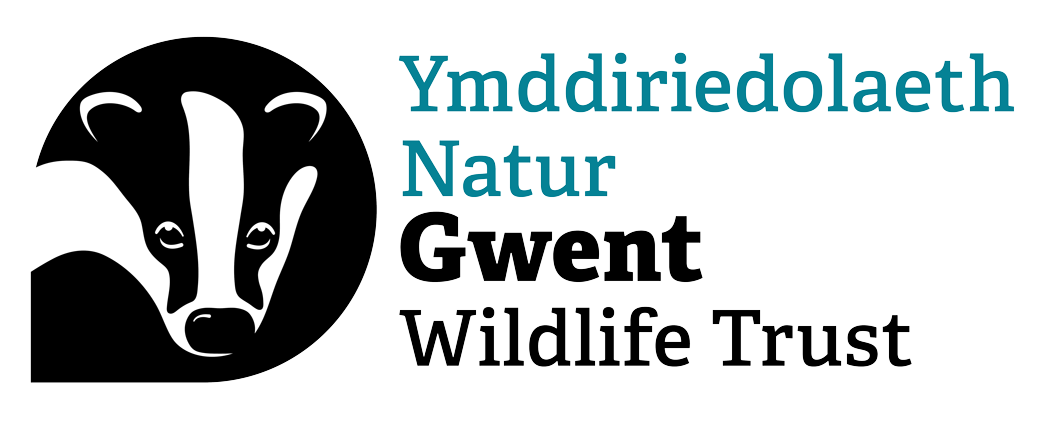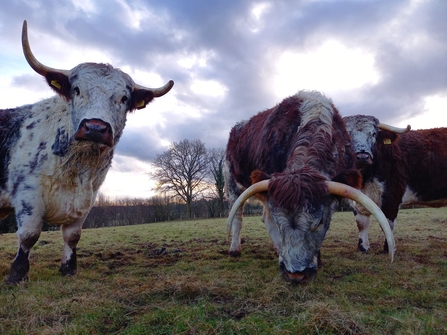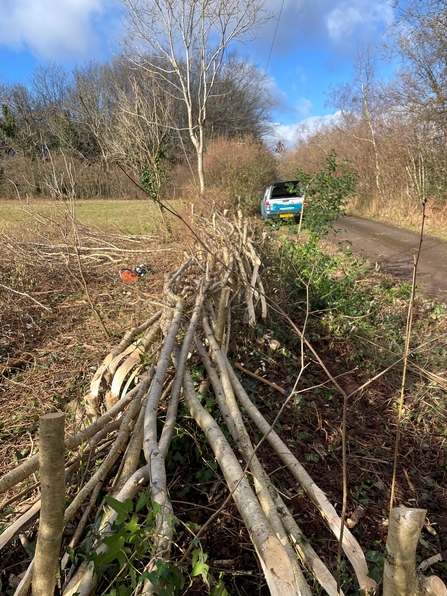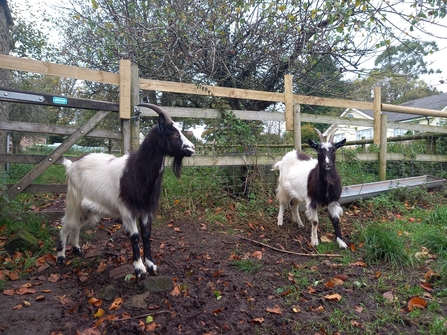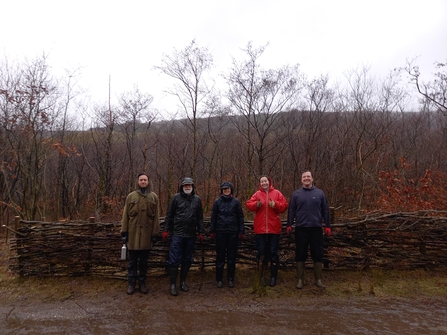From the Usk to Wye Reserves
Our livestock are an integral part to the management of many of our reserves. They play an important role in enhancing biodiversity through their differing eating habits. To mimic a natural ecosystem, it is important to have a variety of livestock, with each breed impacting the land around them in different ways.
Our Senior Conservation Grazing Officer, Joe, has been working to expand our grazing team with some new additions. The recent purchase of 12 Balwen sheep will expand our current flock to graze our meadows. Sheep tend to graze grass low to the ground, selectively choosing what they eat. This low sword created by sheep can support fungi communities and keeping the grass height down over the winter ready for wildflowers to come through in spring.
We are also excited by the arrival of some more cattle. These new Long Horn heifers (young females) will be joining our current herd at Wyeswood Common. This ancient cattle breeds tend to be browsers, eating primarily woody vegetation from our hedgerows. With their bigger mouths, they can not graze as selectively as sheep, so tear large chunks of grass, creating a different effect on the landscape.
Finally, we are looking forwards to welcoming a Oxford and Sandy Black pigs to Wyeswood. Pigs play an important role in the landscape, with their ploughing habits churning up the soil as they root for grubs and tubers. This aerates the soil and opens up areas for wildflowers to establish. It is also hoped that this behavior will reduce the extent of bracken in some of our fields as they rummage around for the bracken rhizomes. Joe is keen to record the impact of these new additions as a new way control this dominant plant.
